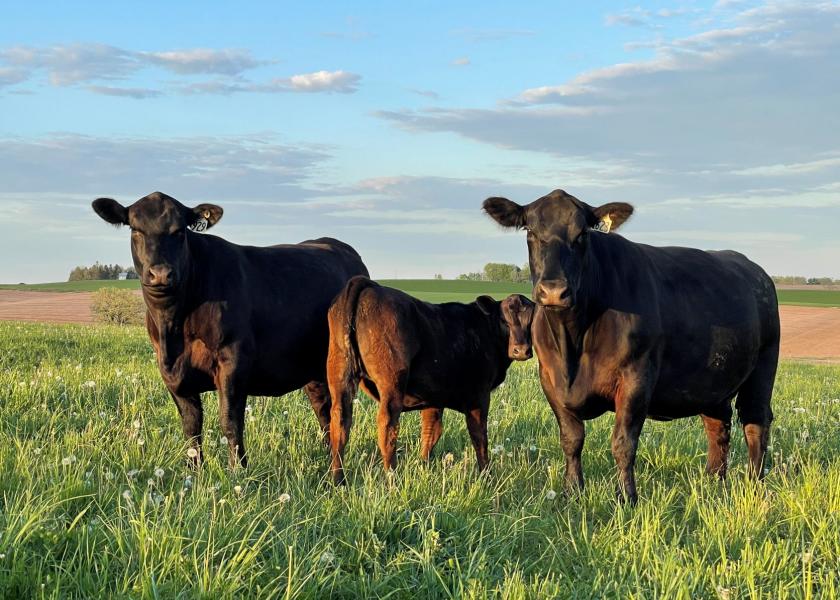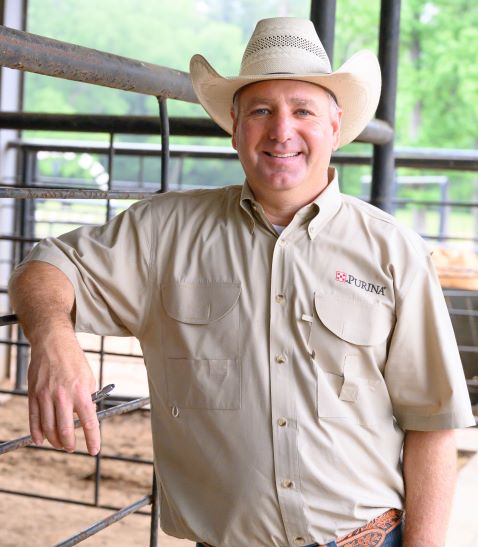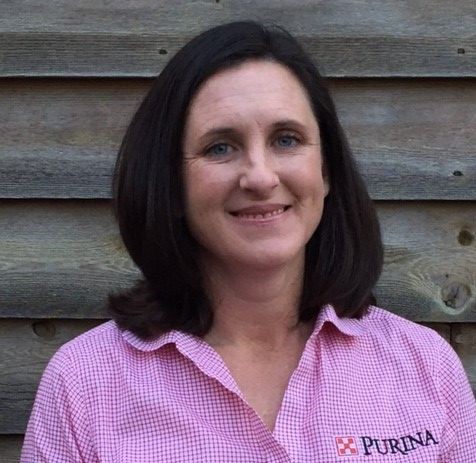Cattle Business Ruminations for 2021 and What to Expect in 2022

Even though there was some uncertainty in the cattle industry in 2021, 2022 is already looking more optimistic.
Purina Animal Nutrition Ph.D. cattle consultants Chad Zehnder (Minnesota), Doug Hawkins (Texas) and Martha Moen (Florida) ruminate on trends from the past year and what to expect in 2022:
Chad Zehnder, Ph. D., cattle consultant in Minnesota

What opportunities has 2021 presented?
Zehnder: From mid-year on, we’ve seen stronger feeder and fed cattle prices. We’re heading in the right direction and folks have an opportunity to take advantage of that. Adding more weight prior to and during weaning helped producers capitalize on the momentum.
How will this year’s weather challenges impact forages in the year ahead?
Zehnder: From a drought standpoint, we’ve stuck with the traditional methods of management. Producers have been proactive in terms of diligently culling cows. Early weaning calves helped reduce nutritional requirements for cows to try to stretch forages. And we’re getting creative at finding alternative forages. Conservation Reserve Program (CRP) land opened up in some regions, and we’ve baled a lot of CRP hay. So, we’re utilizing a lot of low-quality forages this winter, and supplemental nutrition will be key in the year ahead.
What have producers been doing to address higher input costs?
Zehnder: The drought has driven forage and grain prices higher. We’re looking to add more weight outside of the feedyard, which traditionally happens when feed prices get high. With higher input costs, more than ever producers need to take a closer look at technologies, like feed additives and implants, to improve feed efficiency. We should try to capture any efficiencies possible to add weight cost effectively.
What can producers learn from this year and carry into next year?
Zehnder: Have a plan for when and where to spend dollars – whether it be fertilizer, fuel or supplementation. Don’t make knee-jerk reactions when it comes time to calve, breed or feed forages. Get a plan on paper now, so you’re ready to implement changes more effectively.
Doug Hawkins, Ph.D., cattle consultant in Texas

What opportunities has 2021 presented?
Hawkins: With an abundance of moisture in my area, we’re seeing some producers in the Southern Plains buy cattle from areas experiencing drought. Overall cow numbers in Texas are still down since the droughts of 2011-13, but some ranches are making moves to expand while times are good.
How will this year’s weather challenges impact forages in the year ahead?
Hawkins: In my area of Texas and Louisiana, there’s been an abundance of rain that brought plenty of forage. However, forage quality isn’t where we’d like it, so supplemental protein and fat will be necessary for many herds.
What have producers been doing to address higher input costs?
Hawkins: Cattle producers have been taking these input prices as they come. Nothing is ever set in stone in cattle production. Producers have been flexible working through the situation by locking in prices when they can.
What can producers learn from this year and carry into next year?
Hawkins: Put the pencil to your feeding program. There are cheap feedstuffs out there featuring lower-quality ingredients, but you’re going to pay for what you get in this market. Performance dictates the quality of feed. Cost of gain or cost per head per day is still the way to build a nutrition plan. Skimping on nutrition has long-term impacts on fetal programming, calf growth, reproduction rates and more.
Martha Moen, Ph.D., cattle consultant in Florida

What opportunities has 2021 presented?
Moen: More producers are feeding and harvesting cattle to direct market beef. Consumers want to know where their beef comes from and cattle producers are stepping up to meet demand.
What have producers been doing to address higher input costs?
Moen: It was eye-opening how quickly input costs rose and how it impacted cow herd management. The higher commodity prices for corn and fuel made it difficult to develop replacement heifers as efficiently in the Southeast because we also have to cover the price of freight to transport grain. We’ll push more forage through those heifers, but they won’t develop as quickly as we’d like.
What can producers learn from this year and carry into next year?
Moen: Watch what the futures markets are doing for cattle and grain. Be flexible in your management and marketing plans. Stay progressive and willing to adjust if markets are changing.
Trends to watch
Uncertainty is one of the few certainties in cattle production. Weather and once-in-a-lifetime events can alter markets and how cattle are managed. However, there are a few industry trends that point to encouraging near-term prospects:
- Consumer beef demand is at a record high for the past 30 years.[1]
- The pandemic isn’t over, but there could be more of a bounce back as the economy recovers and the world gets to a new normal.[2]
All three Purina experts agree the immediate future for the cattle industry looks promising, and forward-thinking producers are in a prime spot to capitalize.
Find your local Purina dealer to begin preparing for 2022.
Purina Animal Nutrition LLC (www.purinamills.com) is a national organization serving producers, animal owners and their families through more than 4,700 local cooperatives, independent dealers and other large retailers throughout the United States.







